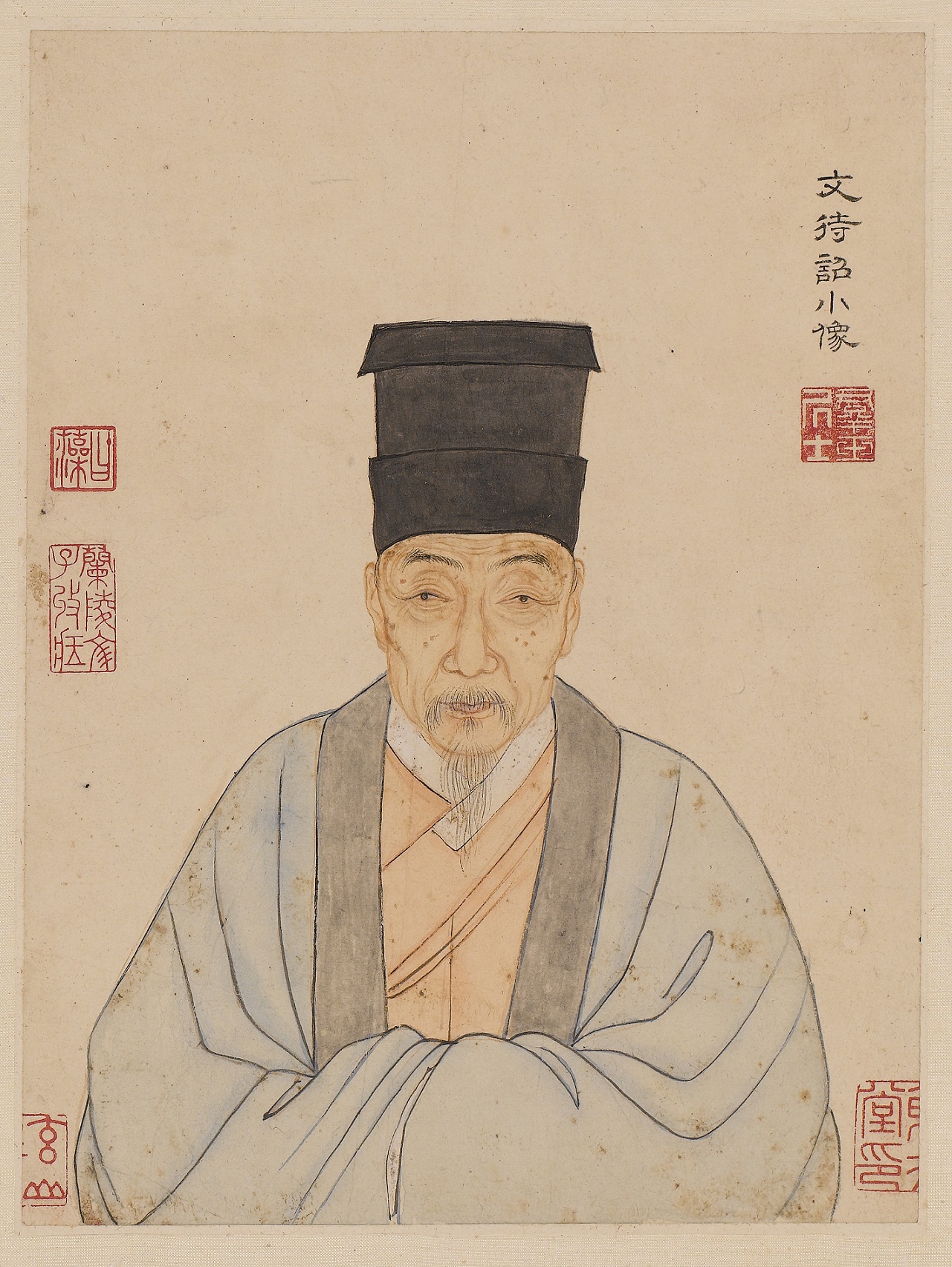
Suzhou Museum takes "standing in the south of the Yangtze River and seeing the world" as its development orientation, and its special exhibitions have always attracted the attention of the cultural circle. The Paper learned from today's Subo Expo 2023 annual media meeting that the key exhibitions of Subo Expo in the second half of the year include "Guanshan Military Horses to Jiangdong—Exhibition of Cultural Relics Unearthed from the Majiayuan Site in Gansu Province", "Exhibition of Buddhist Statues Unearthed at the Longxing Temple Site" and "Taiwan Museum of Art". Inheritance of Inflammation: Zhang Binglin and Modern Suzhou", etc.
Among them, "Tai Yan's Legacy: Zhang Binglin and Modern Suzhou", which will open in the winter of 2023, is an academic feature series following the "Four Masters of the Wu School" (2012-2015) and "Collectors of the Qing Dynasty" (2016-2019). After the exhibition, Suzhou Museum launched the first exhibition of the "Modern Masters" series of academic special exhibitions. The exhibition will focus on Zhang Taiyan, the founder of the "Zhang Huang School", showing his family life, friendship and writings, and his settlement in Suzhou in his later years. It will reveal the contribution of modern Suzhou in the history of Chinese culture and academic history.

Zhang Taiyan in Suzhou gardens in his later years

Buddhist Statues Unearthed from Longxing Temple Ruins
Annual key exhibitions such as Majiayuan Site and Qingzhou Buddhist Statue Exhibition revealed in advance
The media meeting revealed the key exhibitions of Subo in the second half of the year in advance.
The "Guanshan Army to Jiangdong—Exhibition of Unearthed Cultural Relics from Majiayuan Site in Gansu" is planned to be held in the main building of Suzhou Museum at the end of June. The Xirong ethnic group represented by Ma Jiayuan inherited the indigenous culture of the Northwest and their contacts with the Qin and Hu people.

The Majiayuan cemetery is backed by the Majiayuan mountain beam, and on the left and right sides are the higher-lying Tuojialiang and Maojialiang. The tombs are distributed in the gentle area on the mountainside.

Archaeological Site of Majiayuan Cemetery
Gansu Majiayuan Site is located in Zhangjiachuan Hui Autonomous County on the west side of Guanshan Mountain, and it is the cemetery of Xirong nobles in the late Warring States period. The site is famous for its unique tomb shape, luxurious vehicle appearance, and complex body decoration. It was selected as one of the top ten new archaeological discoveries in China in 2006. The cultural relics unearthed in Majiayuan have the characteristics of inclusiveness. The military-style shovel-foot, the Qin-style gold belt hook, the Western-style dragonfly eyes, and the carriage are the culmination of various cultural elements. This has created the unique "four different images" cultural constitution of the Majiayuan ethnic group, behind which is their efforts to construct their own identity between the Central Plains and the grasslands.
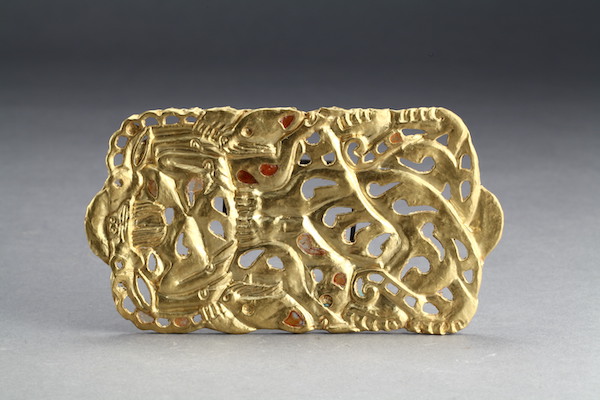
Exhibition of Cultural Relics Unearthed from the Majiayuan Ruins in Gansu Province, M16 Gold Belt Ornament with Tiger-biting Sheep Pattern

Exhibition of cultural relics unearthed from the Majiayuan site in Gansu, M16 gold, silver and iron spears
"The title of this exhibition is taken from the poems of Tang Dynasty poets Du Fu and Bai Juyi. If Du Fu's 'Rong Ma Guan Shan Bei' is a true portrayal of the theme of the exhibition, Bai Juyi's 'Longxi Parrot to Jiangdong' when he was the governor of Suzhou is the same. It is the best footnote for the cooperation of the second museum." The relevant person in charge of the Suzhou Museum said to The Paper on the spot.
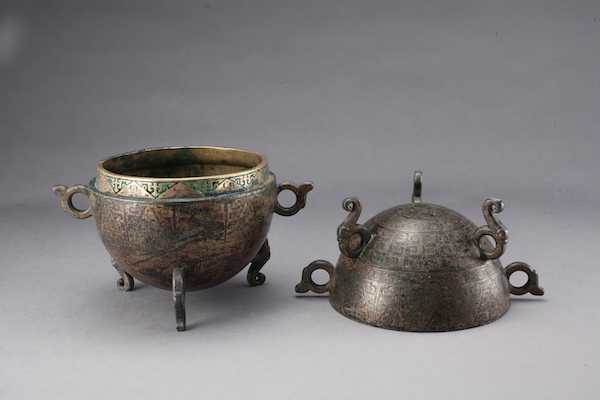
Exhibition of cultural relics unearthed from the Majiayuan site in Gansu, M18 Tongdun
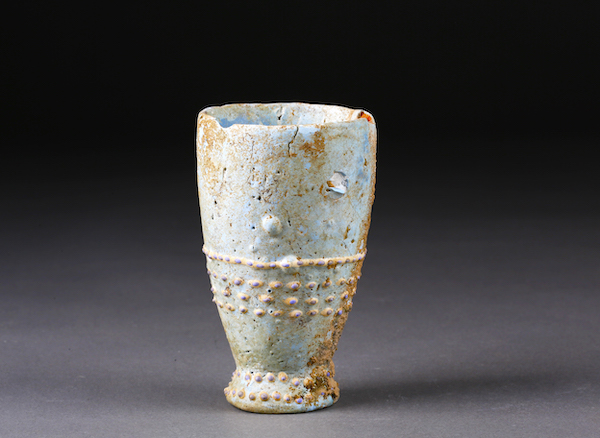
Exhibition of cultural relics unearthed from the Majiayuan site in Gansu, M19 blue-glazed pottery cup
As early as 1996, more than 600 Buddha statues from the Northern Wei Dynasty to the Northern Song Dynasty were unearthed at the site of Longxing Temple in Qingzhou, Shandong Province. Once discovered, it was listed as one of the "Top Ten National Archaeological Discoveries" of the year.
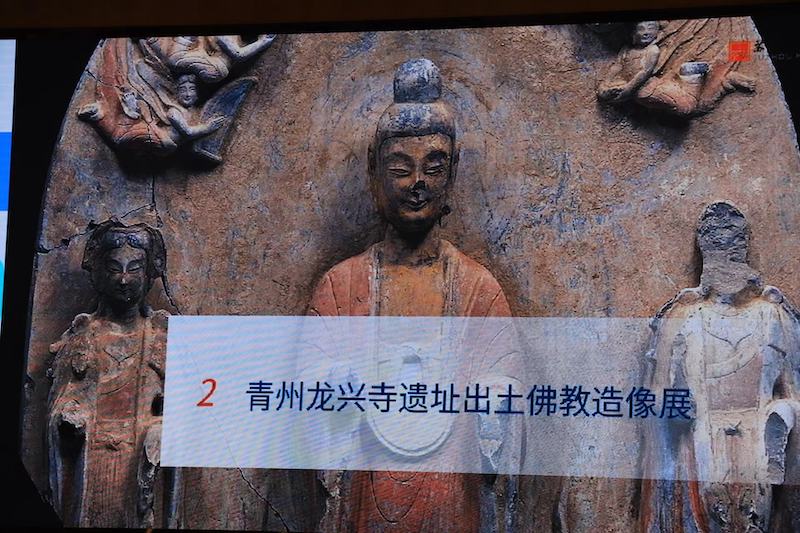
The scene of the 2023 media meeting of Suzhou Museum

Buddhist Statues Unearthed from Longxing Temple Ruins
This batch of Buddha statues spanned more than 500 years, most of which were concentrated in the Eastern Wei Dynasty (534-550) to the Northern Qi Dynasty (550-577). The large number, exquisite carvings, and gilt-painted paintings are completely preserved, which is unprecedented and shocking the world. It is known as a major discovery that "rewrites the history of world art". The "Exhibition of Buddhist Statues Unearthed at the Longxing Temple Site in Qingzhou" planned to be held in the west hall of Suzhou Museum in early July is a cooperative exhibition between Suzhou Museum and Qingzhou Museum. "We specially selected more than 40 pieces of fine Buddhist statues and fragments unearthed from the site of Longxing Temple in Qingzhou, including back-screen statues and round statues of Buddha and Bodhisattva. , wide shoulders and breasts, with a unique charm; Bodhisattva statues are covered with carvings, luxurious and elegant, soft and graceful. This unique style changes the solemn and solemn religious atmosphere of statues in other regions, and is called "Qingzhou Style". The development of Buddhist statue art has had a profound impact."
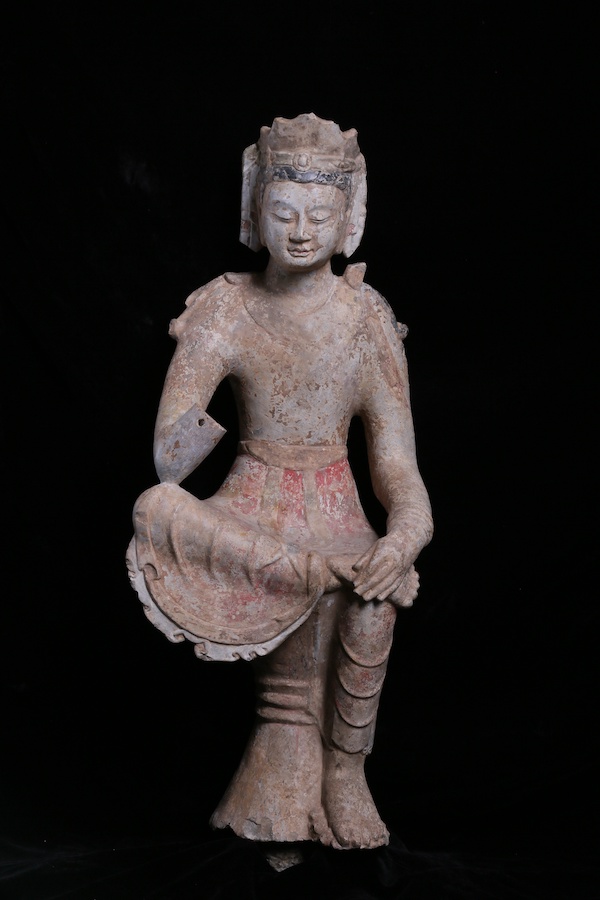
Buddhist Statues Unearthed from Longxing Temple Ruins
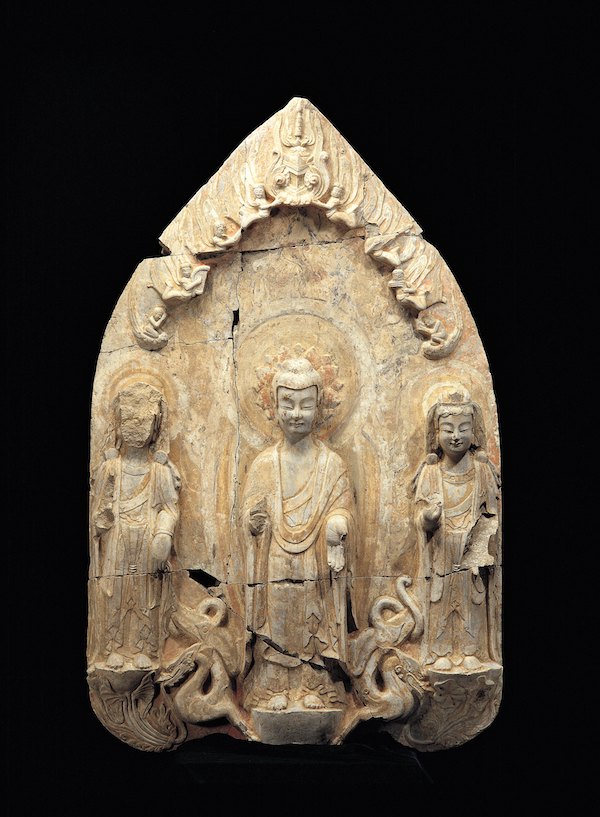
Buddhist Statues Unearthed from Longxing Temple Ruins
Focusing on Suzhou's local intangible cultural heritage and historical inheritance, Suzhou Museum launched two original exhibitions in the second half of the year, namely "Su Embroidery Art Documentation Exhibition (1949-2019)" and "Tai Yan's Passion - Zhang Binglin and Modern Suzhou".
The Suzhou Embroidery Art Documentation Exhibition (1949-2019) brings together the masterpieces of Suzhou embroidery art in various periods since the founding of New China 70 years ago. Many of the exhibits are displayed to the public for the first time. The superb artistic level also systematically demonstrates the development process of Su embroidery in terms of materials, crafts, themes, and styles on the basis of inheriting the excellent tradition. At the same time, the exhibition also gathers a batch of precious embroidery manuals, embroidery manuscripts and literature materials, revealing the "core" of Su embroidery technique and the generation track of its artistic appearance from multiple angles and levels, so that the exhibition can be more vivid, comprehensive and in-depth. It presents the beauty of craftsmanship, the thought of exploration and the soul of innovation of Suzhou embroidery.

Embroidered Baizi Clothes Unearthed from Ming Ding Mausoleum (Replica)
It is worth mentioning that this exhibition is a 2020 National Art Fund Touring Exhibition Funding Project, jointly planned and launched by Suzhou Museum, Suzhou University, Suzhou High-tech Zone Management Committee, Suzhou Embroidery Research Institute Co., Ltd., and the first stop exhibition It was successfully held in Shenzhen Museum in April this year, and will be exhibited in Beijing Prince Kung's Mansion Museum in the second half of the year after the exhibition in Suboxi Pavilion.
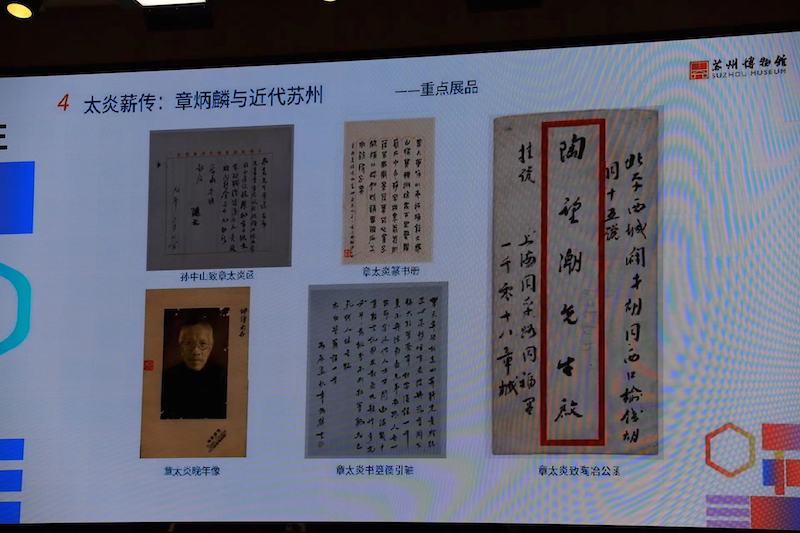
The scene of the 2023 media meeting of Suzhou Museum
Holding a series of original exhibitions has always been a major feature of the Suzhou Museum. In the winter of 2023, the main museum of the Suzhou Museum will launch another series of original academic exhibitions - "Modern Masters" series.
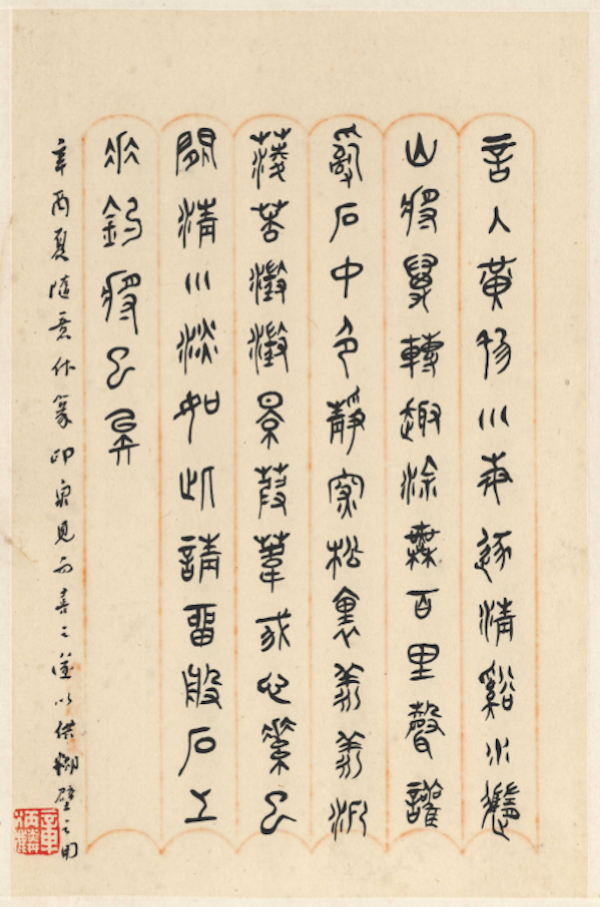
Zhang Taiyan seal book

Letter from Zhang Taiyan to Tao Ye
Suzhou has an important position in the cultural history and academic history of modern China. It has not been systematically sorted out and displayed before. This exhibition is the first exhibition of this kind of theme. The first exhibition focuses on Zhang Taiyan, a famous modern scholar and the founder of the "Zhang Huang School", and reveals the contribution of modern Suzhou to the history of Chinese culture and academics.
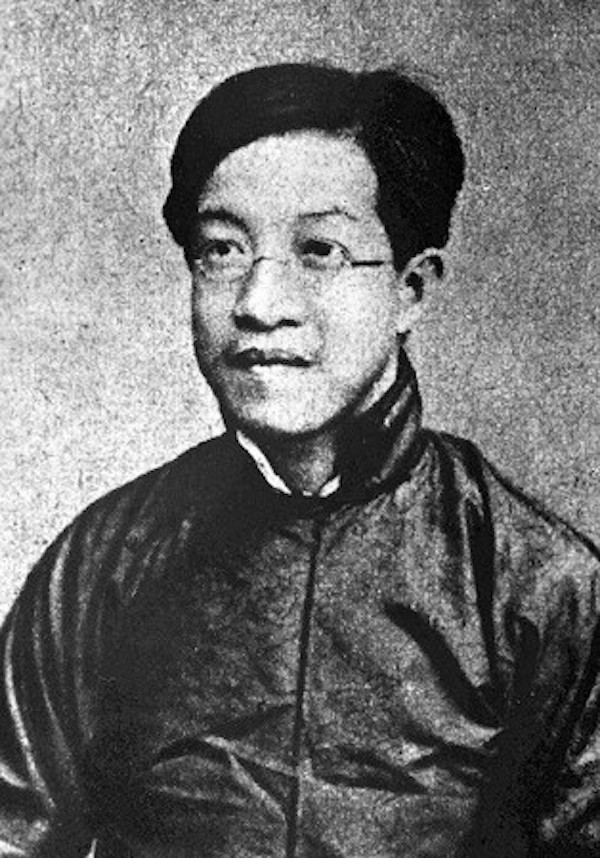
Zhang Taiyan
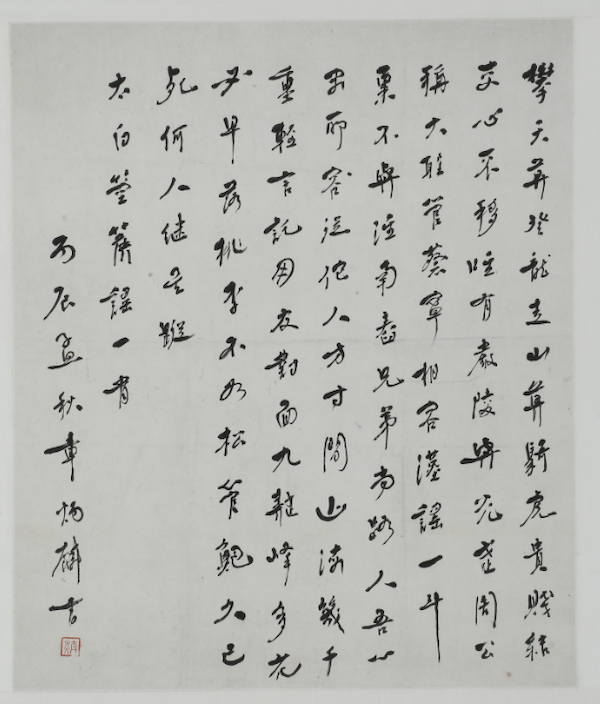
Zhang Taiyan's harp guide shaft
Zhang Taiyan, originally named Xuecheng, styled Meishu, later changed his name to Jiang, and his nickname was Taiyan. People from Yuhang, Zhejiang. When he was young, he read scriptures and "Historical Records" from his grandfather. In his early years, he entered Hangzhou Gujing Jingshe and studied history, classics and literature under the tutelage of Yu Yue. In 1895, he participated in the Restoration Movement and joined the Strong Society. In 1897, he served as the editor of "Current Affairs News" and engaged in propaganda activities for reform and reform. After the Reform Movement of 1898, he was wanted and exiled in Japan. In 1902, together with Cai Yuanpei and others, he organized the "Su Bao" and advocated revolution. In 1903, he was arrested and imprisoned for "reporting the Soviet Union case". In 1906, he was released from prison and went to Japan. He joined the Tongmenghui, served as the editor-in-chief of "Minbao", published academic works, and debated with reformists, which had a great influence on the ideological circles at that time. After returning to China in 1911, he served as the editor-in-chief of the "Great Republic Daily" and a privy adviser to the Presidential Office of Sun Yat-sen. In 1913, he participated in the activity of discussing Yuan and was placed under house arrest. In 1917, he participated in the law protection movement and served as the secretary general of the law protection military government. Since then, his thinking has gradually become conservative, he withdrew from politics, and devoted himself to lecturing. After the "September 18th" Incident, he advocated resisting Japan and saving the country, and condemned Chiang Kai-shek's policy of "to fight against the outside world, we must first settle down at home". He died in Suzhou on June 14, 1936. The early philosophical thoughts had a tendency of materialism and opposed the doctrine of destiny. Later, they were influenced by religious philosophy, Western philosophy and Lao-Zhuang philosophy, and belonged to the subjective idealism system. He has made achievements in literature, history, linguistics, etc., and is known as the "Master of Chinese Studies". His books "New Dialect", "Wen Shi" and "Small (Left Learning and Right Writing) Answering Questions" are quite original. Author of "Zhang's Series", "Sequel to Zhang's Series", "Third Edition of Zhang's Series" and so on.

Portrait of Zhang Taiyan in his later years
Zhang Taiyan settled in Suzhou in his later years and founded the Zhang’s Chinese Studies Seminar. Many of his former residences and related relics have been preserved. The exhibition will deeply excavate the modern cultural relics collected by the Suzhou Museum, especially the manuscript relics of celebrities. At the same time, it will not be limited to cultural relics exhibits, but will use immovable cultural relics such as former residences , forming multiple scenarios, and actively practicing the concept of cultural and tourism integration.
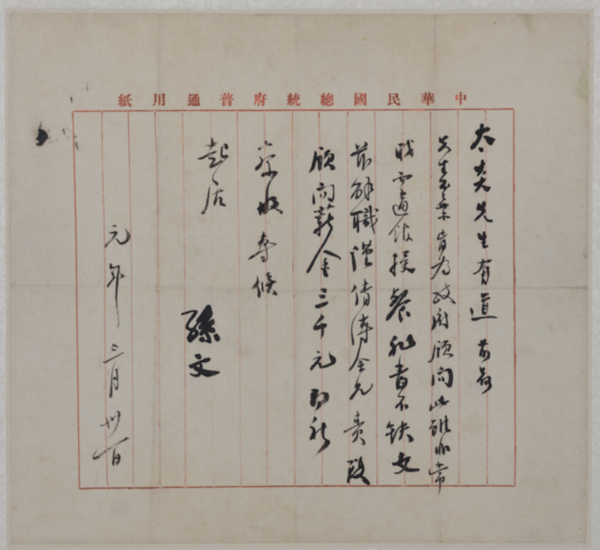
Letter from Sun Yat-sen to Zhang Taiyan
From Museum-School Cooperation, Cultural and Creative Co-branding to Co-construction and Cooperation
On the day of the media meeting, the heads of the Suzhou Museum also introduced and shared the current situation and future development vision of the Suzhou Museum from the aspects of museum-school cooperation, cultural and creative joint name, pocket book release, and joint construction cooperation.
As a public cultural service organization, Suzhou Museum has always adhered to the original intention of "cultivating people with culture", thoroughly implemented the spirit of the document "Opinions on Using Museum Resources to Develop Primary and Secondary Education and Teaching" issued by the Ministry of Education and the State Administration of Cultural Heritage, and actively Carry out library-school interaction, and bring rich collection resources and novel courses into schools.
From Tiandu Kindergarten in Suzhou High-tech Zone, Huahua Kindergarten affiliated to Suzhou Preschool Teachers College, to Suzhou Jingwen Experimental Primary School, to Suzhou Caoqiao Middle School, Suzhou High-tech Zone No. 1 Middle School, Suzhou No. 3 Middle School, and Suzhou Preschool Teachers Colleges and universities, Duke Kunshan University, and finally Suzhou School for the Blind and Deaf, Suzhou Open University, Suzhou Museum continues to explore in the field of museum-school cooperation, hoping to let audiences of different ages cultivate a sense of history and culture under the influence of museum education. intellectual interest.
On the "5.18 International Museum Day" in 2022, Suzhou Museum and the two-dimensional IP "Crocodile Reese and Fish Handsome" launched the historical and humanistic interesting animation for the first time, which was watched by more than 100,000 people. This year, the Suzhou Museum will launch a new episode of animation themed on the aesthetic interests of Suzhou literati in the Ming Dynasty. In addition, a variety of joint cultural and creative products will also be released simultaneously on the 23rd.
As a cultural landmark of Suzhou and a practitioner of the integration of culture and tourism, Suzhou Museum has been advocating humanistic, in-depth, low-carbon and sustainable responsible travel. This year, Suzhou Museum will bring the original travel pocket book "Travel with Subo" to the audience. The pocket book is divided into three chapters: Subo Raiders, Subo Check-in Circle, and Subo's Next Stop, with more than 300 points and more than 20 articles. The route takes everyone to watch exhibitions, read about the city, and learn about Suzhou, so that everyone can see the past and present of a city and touch the soul of a city.
In recent years, the spiritual and cultural needs of the public have been increasing. In order to allow more people to fully experience the charm of history and culture in a wider space, more open collection information and resources, and more flexible exhibition types and displays are necessary. space, more focused and close-distance educational services, and more diversified business cooperation and brand communication.
Therefore, Suzhou Museum, Qingdao Museum, Xi'an Jiaotong-Liverpool University, Suzhou Xinhua Bookstore, HKUST Xunfei (Suzhou) Technology Co., Ltd., Suzhou Social Welfare General Hospital, Suzhou Customs Office in Huqiu, and Patent Office of the State Intellectual Property Office Examination and cooperation The seven units of the Jiangsu Center concerned about and supported the Suzhou Museum to cooperate to create a cultural co-construction platform, better provide the public with high-quality and unique spiritual and cultural services, and provide the whole society with more types, better quality, and more comfortable experience. Cultural products.
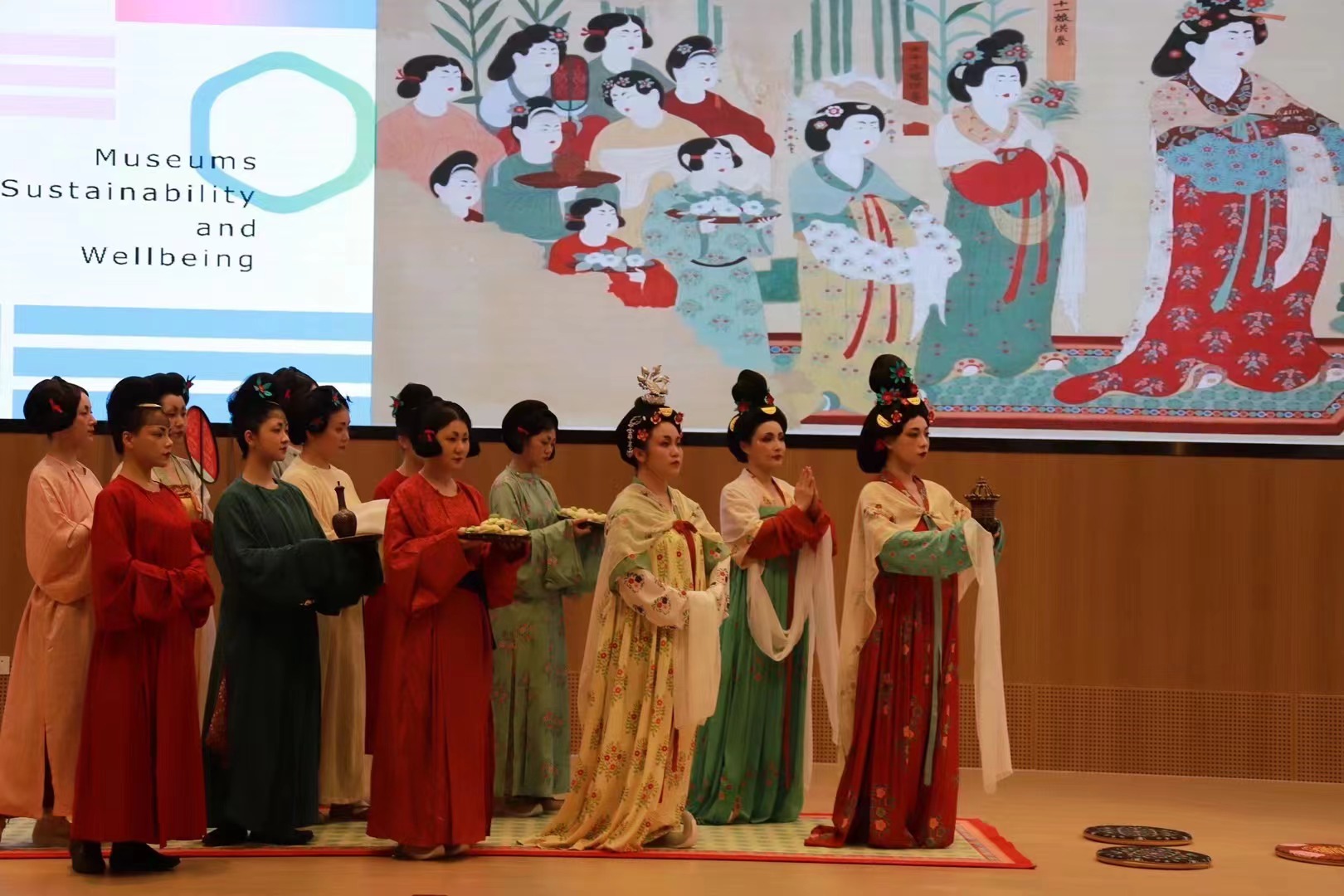
"Dream Back to the Tang Dynasty - Dunhuang Special Exhibition" Immersive Experience Activity
On the same day, the Suzhou Museum also jointly launched the "Dream Back to the Tang Dynasty-Dunhuang Special Exhibition Immersive Experience Activity" launched by Suzhou Daily.
In the future, Suzhou Museum will continue to base itself on its own characteristics, actively cooperate and communicate with all walks of life, and use richer and more diverse ways to allow the public to better appreciate the crystallization of traditional culture, fully appreciate the cultural connotation, and share the museum culture with the world. wider field.


